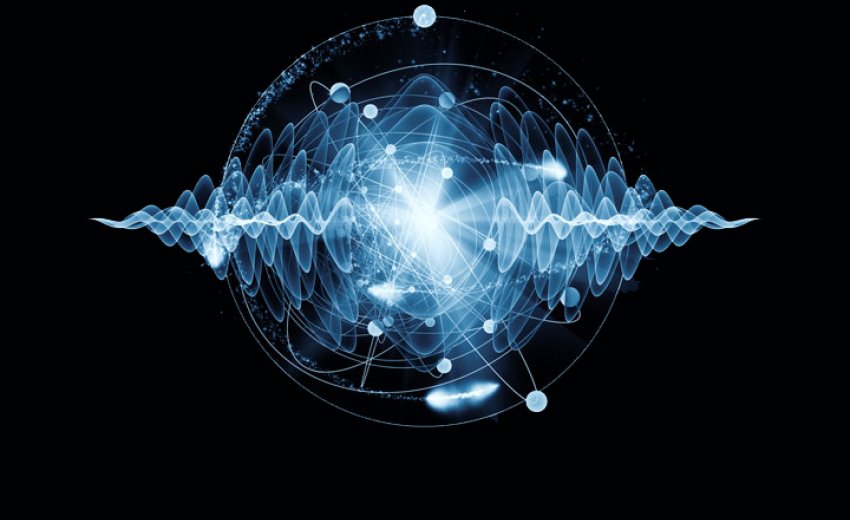This article is based on excerpts from the Spirit of the Sikh written by Professor Puran Singh in 1920's and published by Punjabi University Patiala in two volumes during 1982. Puran Singh was a great scientist, mystic poet, and a visionary and interpreter of the Sikh cultural consciousness. This article reflects the personal views of the great Sikh scholar which seem to be relevant for understanding Sikhism and the geopolitical aspirations of the Sikhs.
To read earlier ones, follow:
Part I
Part II
5. Physics of Spirituality
In the scheme of human progress there is such a thing as the physics of spirituality; the Hindu has ignored it, the Western races have realized it [19]. Because of their comprehensive vision, the Khalsa shall have the spiritual and temporal sovereignty and all shall submit to it, soon or late. Only those shall be saved, who gather under this flag. The Hindus, so far, have not seen the significance of the Guru's creation, the Khalsa. Great Hindu philosophers like Tilak, Aurobindo and Tagore are reinterpreting the Gita and the Upanishads in order to come abreast with modern Western thought and scientific conclusions. But they do not see that more than four hundred years ago, their own country-men, the Sikh Gurus, actually worked all these modern tendencies into the constitution of the mind and society of this unhappy land, by creating the Khalsa. Their lives gave birth to a new country in this old one, and peopled it with a new race, with a universal religion of faith in man, and fired it with the spiritual passion for progress. Out of the Gurus came a daring, colonising race, lovers of land and agriculture, ready to start a new page of life at every turn. And of all the older texts the Sikh texts alone need not be tortured to come abreast with modern developments: they have woven the philosophy of the ancient scriptures in an organic whole. The Sikh life is the vindication of natural manhood and womanhood.
Some modern typical Hindus are trying to interpret Upanishads and the Gita in modern modes. But such attempts are against the traditional faith that has gathered round these books. And, however easily they may be interpreted in the modern modes, they have never shown the great reactivity that is attributed to them. In the past the teaching of the Gita has never been harnessed to action nor the Upanishads to love of the people. There has been no phenomena of transmutation of personality by a higher Being's personal touch on any large scale, as in Sikh history. The Upanishads are examples of mental splendor, unique and truly glorious. But without Buddhism and now without Sikhism in India, and without the modern spirit of the West, which lives and works and attains to knowledge by the experimental method, which is, as I term it, 'physics of spirituality', the Upanishads and Bhagavat Gita could never have been so interpreted. On the other hand, from close and devoted study of the Guru's hymns, I assert that many revolutionary tendencies are found in the Sikh thought, song and life. No texts need be turned upside down for it. It was atrocious not to have seen this, and to have ignored Sikh history, from the main features of the hostility of the racial environment in which Sikhism took its birth. The Sikh believes in one great culture of man which is yet to come. There is more future and past in Sikhism while there is all the emphasis on the past in Hinduism [20].
Hardev Singh Virk
Visiting Professor
SGGS World University, Fatehgarh Sahib (Punjab)
E-mail: [email protected]
-----------------------------
References:
19.Ibid, Vol. I, p. 32.
20.Ibid, Vol. I, p. 39.






